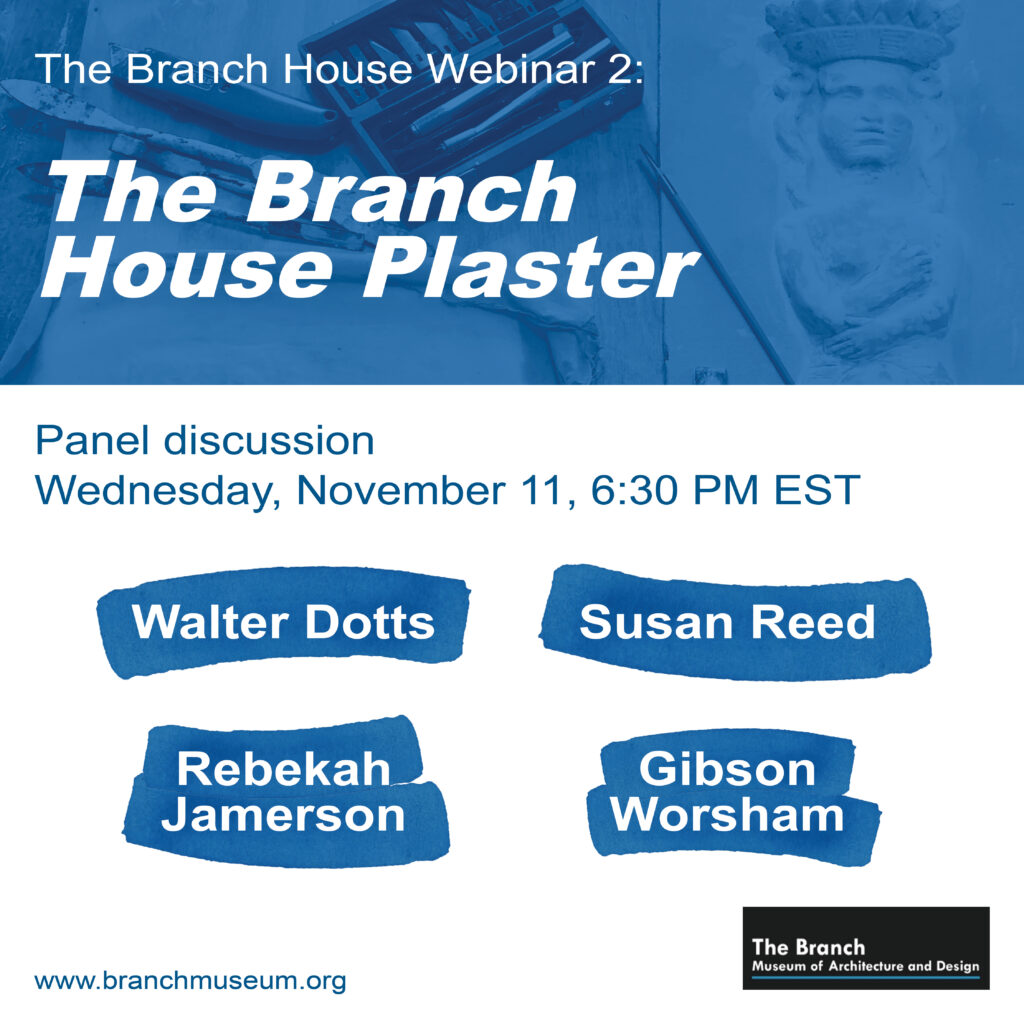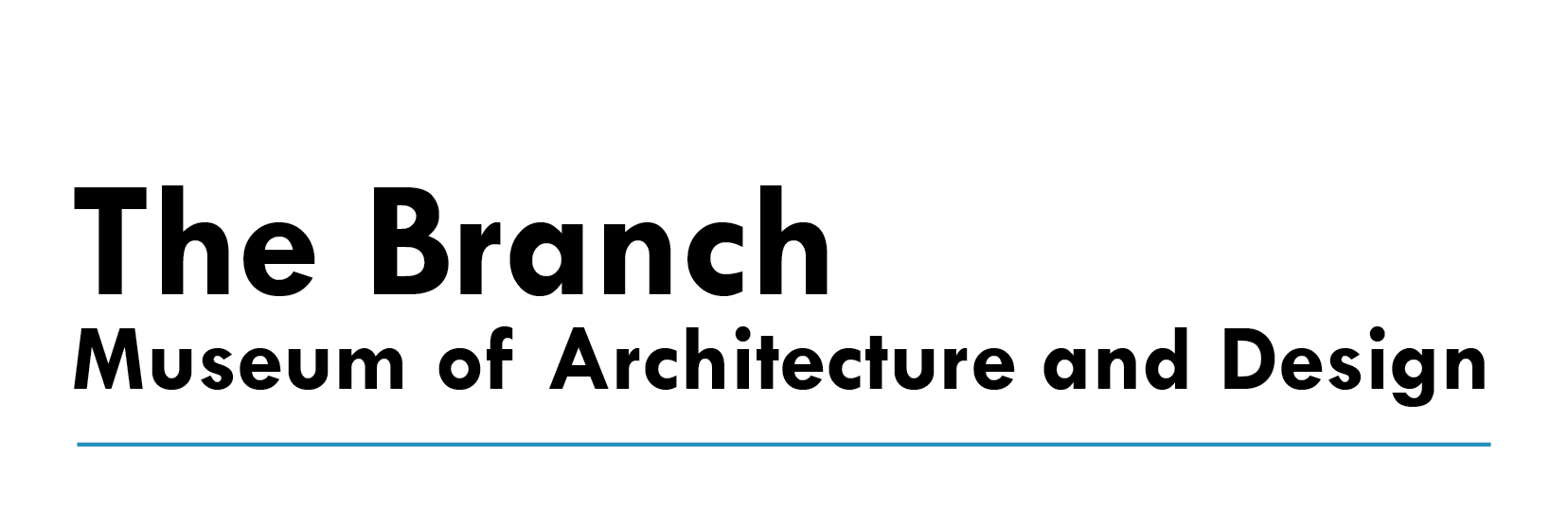The Branch House Plaster
This webinar has already occurred. See below to watch the recording.
The Branch House decorative plaster is some of the most beautiful plasterwork in Virginia. Unfortunately, the century since the House was built and water intrusion have caused significant damage. You will see up-close views of the beautiful plaster figures and decorations, including the toll that time has taken on the plaster, and you will discover the history of plasterwork in the early 20th century, particularly in Richmond, as well as learn from a dedicated craftsman how this work is being saved at the Branch. The challenges of restoration are best shown in the work to save our decorative plaster.

Panelists
Walter M. Dotts III, Trustee – Old House Authority, and great-grandson of John Kerr Branch and Beulah Gould Branch
A native of Richmond, VA, Dotts’ early participation in philanthropic causes reflected his varied interests, ranging from historic preservation, performing arts, education, animal welfare, and genealogy. Dotts’ interest in historic preservation and traditional building techniques resulted in his restoration of a mid-18th century country house in Dutchess County, New York, and an early 19th century house in Richmond. That experience led to his becoming an advisor to realtors and property owners on preservation priorities. He co-founded Old House Authority, a company providing professional advice on the rehabilitation and conservation of old and historic buildings and materials. Dotts is an alumnus of St. Christopher’s School in Richmond and Brown University.
Rebekah Jamerson, Master Plasterer, All Things Plaster
Jamerson is a seasoned craftsman specializing in design restoration, ornamentation and fine finishes for walls, ceilings and moldings. She is trained in all aspects of plaster and a recognized expert in historical restoration, ornate design and Italian finishes. She has worked throughout Virginia and in Italy. She first worked in the Branch House in 2018, restoring the ornate plasterwork to Beulah Gould Branch’s bedroom and has just completed the restoration of the plasterwork on the ceiling of John Akin Branch’s bedroom on the Branch House mezzanine level.
Gibson Worsham, Glavé & Holmes Architecture, Architectural Historian
Gibson Worsham is a licensed Architect educated at Virginia Tech and holds, in addition, a Master’s Degree in Architectural History from the University of Virginia. He brings to his projects a focus on preservation, conservation, reconstruction, and adaptive re-use, in addition to a strong interest in traditionally-designed new building projects and additions for a variety of building types. Gibson has also led numerous county-wide and individual historic resource surveys across the Upper South, provided post-disaster review of historic districts for FEMA, drafted successful National Register nominating reports, managed tax credit approvals, and provided building guidelines for historic neighborhoods. Gibson manages a variety of architectural projects with the architectural firm of Glave and Holmes including historic structure reports for the bath houses at Warm Springs VA, as well as restoration work at the historic Waterford Mill in Loudon County VA. He is also the immediate past president of the Byrd Theatre Foundation, which operates Richmond’s architecturally distinguished motion picture palace.
Moderator
Susan Reed, AIA, Director of Historic Preservation, Glavé & Holmes Architecture
A graduate of the University of Virginia with undergraduate studies in Art History and Architectural History and a Master of Architecture with a Certificate of Historic Preservation, she has worked exclusively on historic properties for two decades.
She has completed a variety of project types including theatres, museums, academic buildings, warehouses, historic residences, commercial buildings, churches, rural farm buildings, government buildings and even an off shore lighthouse. Services have included condition assessments, feasibility studies, DHR surveys, restoration and rehabilitation design, the design of compatible additions to historic structures, compatible new designs for historic contexts, construction documents, construction administration, Historic Structure Reports, National Register Nominations, and State and Federal Historic Rehabilitation Tax Credits. Keeping historic buildings in use is the core of her practice.
To watch the recording of this webinar, click the button below.
